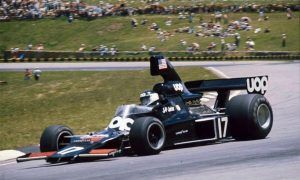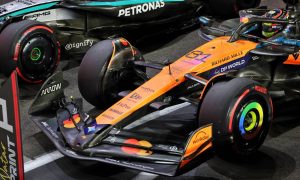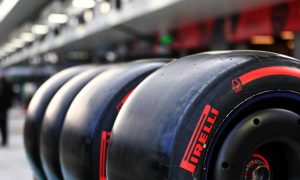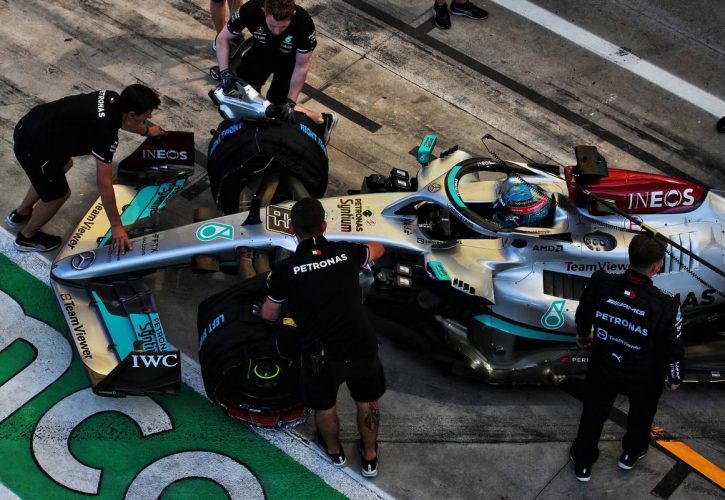
A ban on tyre blankets in Formula 1 will come into force in 2024, but Pirelli is already preparing for the change that will involve the design of new tyre compounds.
Formula 1 has concluded that electric tyre warming blankets are a tool that teams can dispense with in the future.
As a result of its decision to do away with the energy-consuming devices and to prepare for their outright ban, F1 introduced into its 2021 technical regulations a provision that forced teams to lower the blankets' temperatures to maximum 100°C on the front and 80°C on the rears.
This year, those numbers were lowered to 70°C for all slick tyres while the number of allowed blankets was cut from 40 to 20.
Pirelli F1 boss Mario Isola explained why F1 and its supplier opted for an incremental approach to the blanket ban.
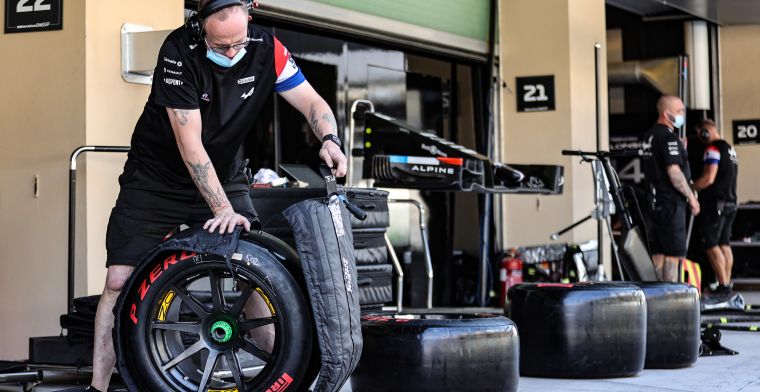
"If you want to race without electric blankets, you have to design a completely new tyre," he said, quoted by Germany's
"It’s not enough simply to build new compounds with a larger working range. The Formula 1 cars are so fast and generate such great forces that the pressures increase by ten to twelve PSI while driving.
"This changes the entire profile and contact area of the tyre."
Read also:
Tyre blankets have bene banned in the FIA Formula 2 Championship for many years, but because of the difference in working pressures between the junior class and F1, Pirelli hasn't been able to collect much knowledge from the feeder series.
"The increase in pressure is twice as high as in Formula 2," Isola explained. "Because of the high loads, we can't just start with 15 PSI in Formula 1.
"Then the drivers would have to take it easy at the beginning of a stint and increase the tyre temperature only slowly.
"Of course, that doesn't work in a race. It must therefore start at 20 or 21 PSI. The pressure then quickly climbs up to over 30 PSI."
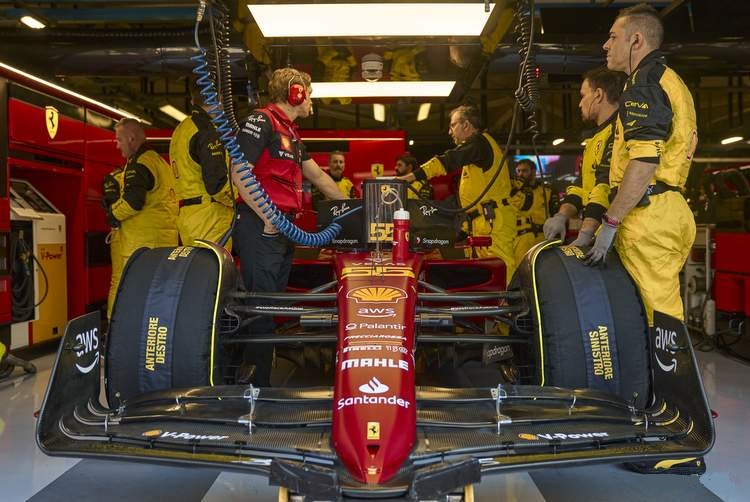
@Ferrari
Pirelli encountered no issues by applying lower heating temperatures to the tyres mounted this year on F1's new 18-inch wheels. And next season, temperatures will take another step lower.
"Next year, the temperatures of the electric blankets will continue to fall – to only 50°C front and rear," added Isola.
"This also increases the pressure differences within the stints. We deliberately only take small steps so that nothing goes wrong and the show suffers.
"This year the tyres are working very well. Of course, this should remain the case if we abolish electric blankets altogether."
There has been some push back on F1's tyre blanket ban, mainly by F1's bigger teams. But Pirelli is moving forward in its preparations which will involve a tyre development programme next season that will include post-race testing days in Europe, but also an extra 30 minutes of running in FP2 at several fly-away events.
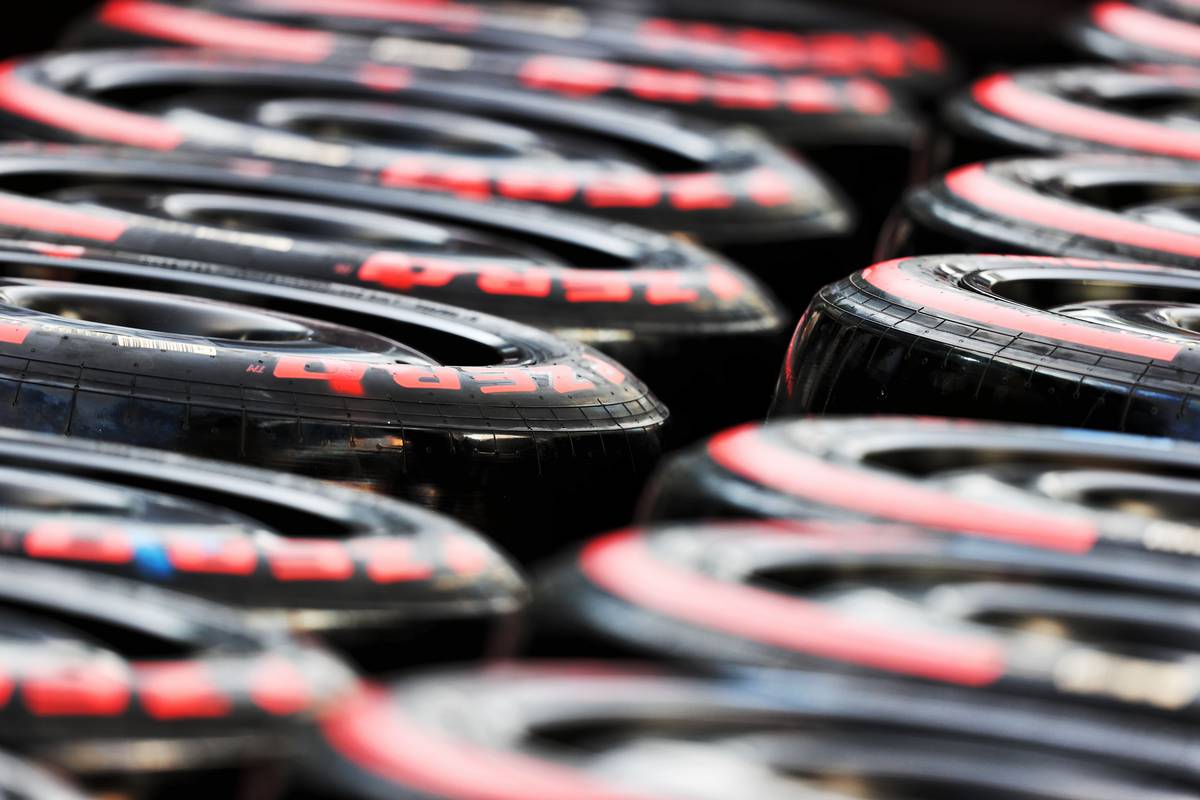
"We need cars of the current generation," said the Italian engineer. "We have to go to different tracks where the tyres are subjected to different loads, and we must drive in different conditions.
"The idea of using the FP2 for testing is actually very good. The teams don’t have to travel to a track or stay longer after a race weekend,” Isola explained.
"But as soon as you have a new good idea, the teams find problems. They complain that they have to use the same cars and the same engines for the rest of the weekend. Mileage quickly becomes an issue."
Isola nevertheless stressed the importance of all teams taking part in the tests as not all cars share the same tyre loads.
"The fast cars use the tyres harder," he said. "We have to make sure that the warm-up process also works with the slower cars, and that the tyres of the fast teams do not overheat.
"It is important to find a good compromise so that the tyres work for all ten cars, all 20 drivers and on all tracks. It won't be so easy."
Keep up to date with all the F1 news via Facebook and Twitter




